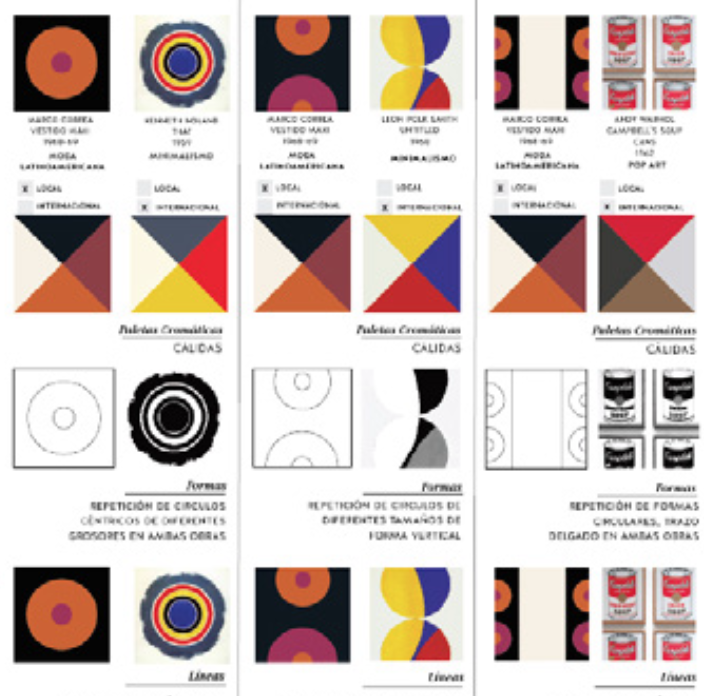Marco Correa and Latin American fashion
Main Article Content
Abstract
On June 29, 2017, the Museo de la Moda (fashion museum) in Santiago, Chile, inaugurated its XVIth exhibition dedicated exclusively to the Chilean designer Marco Correa (1943-1992). Correa's interest is usually explained by his role as creator of a presumably Latin American fashion, which occurred in the context of the political and social movements of the 1960s and 1970s. However, a more detailed study allows us to identify features of international artistic movements such as pop art, op art, kinetic art, as well as counterculture movements such as the hippie and psychedelic movements.in such a setting, is it possible to consider correa's work properly "Latin American" or is it rather a reflection of the contemporary and universal art of the time? What is the graphic influence of the artistic movements of the 60s and 70s on his work? And what are the Latin Americanist traits? In order to answer these questions, this project proposes to record and analyze -from the visual variables of graphic design- the items exhibited in the fashion museum. This analysis will allow the identification of local and global graphic influences.
Article Details
References
Accomero, M. (2007). El rol del diseño y los sistemas simbólicos en América prehispánica. Córdoba: Editorial Brujas.
Cosgrave, B. (2005). Historia de la moda. Desde Egipto hasta nuestros días. Barcelona: GGmoda.
Frascara, J. (2000). Diseño gráfico y comunicación. Buenos Aires: Ediciones Infinito.
Unesco (2015). Cultura; líneas generales. Recuperado el 6 de mayo de 2017, desde http://www.unesco.org/new/ es/mexico/work-areas/culture/
Unesco (2017). Patrimonio; Indicadores Unesco de cultura para el desarrollo. Recuperado el 30 de mayo de 2017, desde http://es.unesco.org/creativity/sites/creativity/files/digital-library/cdis/Patrimonio.pdf


